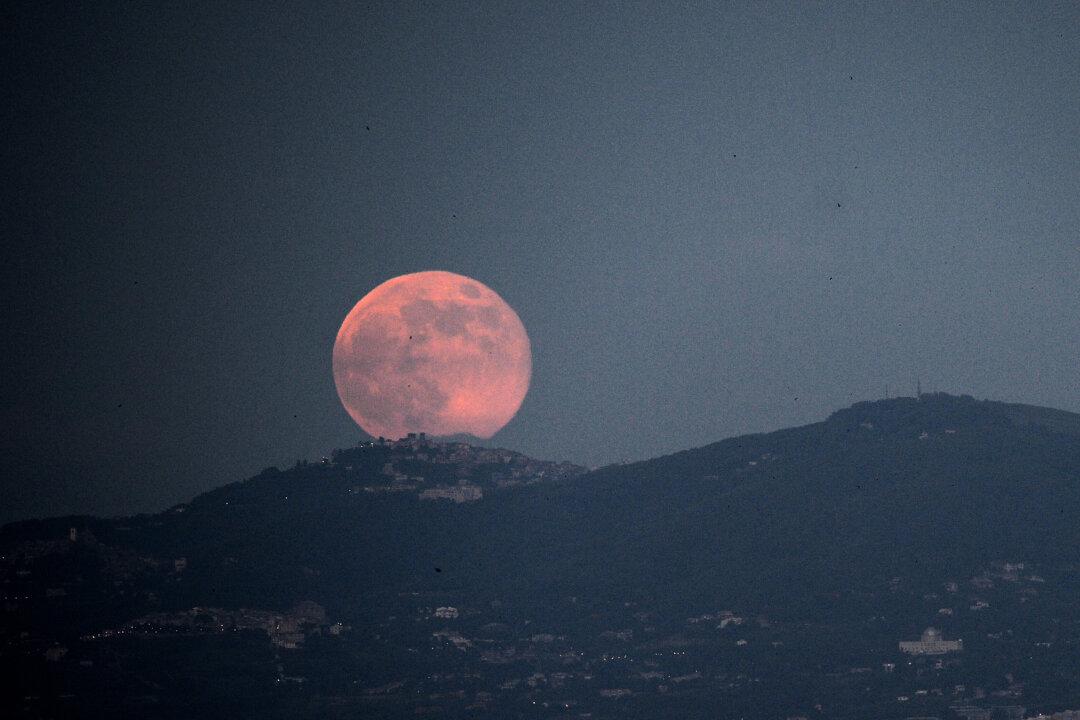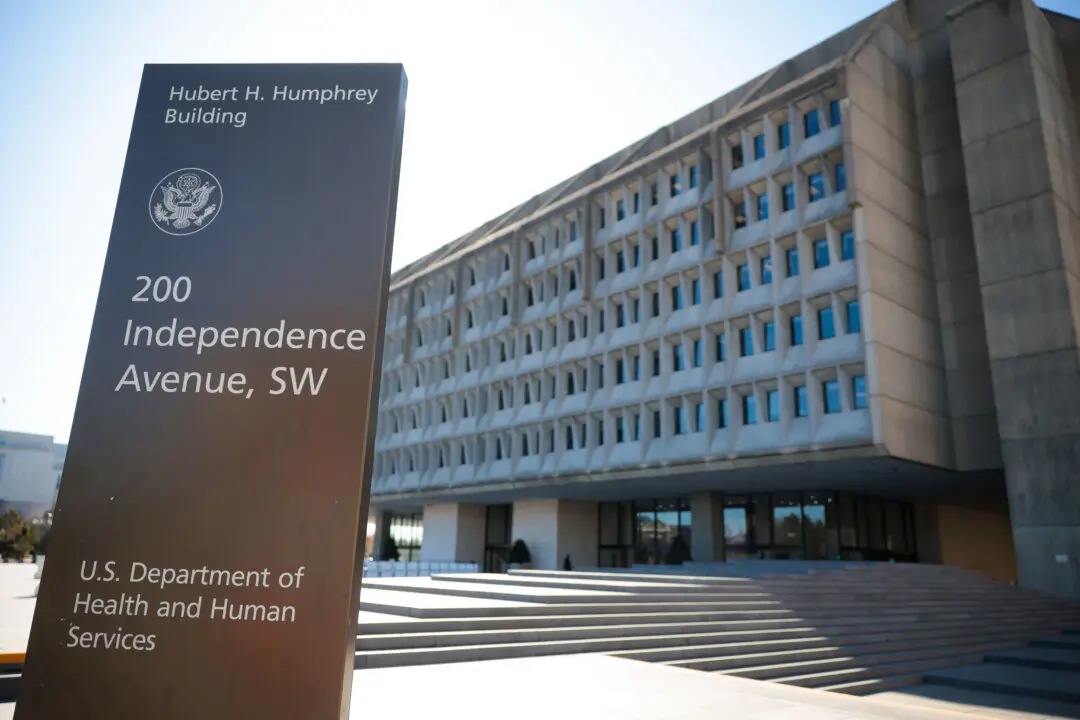One of the supermoon dates in 2014 has already passed, and another is coming up on January 30.
January is the only month with two supermoons until January 2018.
Supermoons refer to when the moon is slightly closer to Earth in its orbit than usual.
The effect of the closer orbit is most noticeable when there is a full moon.
“So, the moon may seem bigger although the difference in its distance from Earth is only a few percent at such times,” said Dr. James Garvin, chief scientist at NASA’s Goddard Space Flight Center on the space agency’s website. “It is called a supermoon because this is a very noticeable alignment that at first glance would seem to have an effect. The ‘super’ in supermoon is really just the appearance of being closer.”
Because of how close the supermoon is, it can appear as much as 14 percent larger in the sky and 30 percent brighter to our eyes than normal moons, according to NASA.

(NOAA)
These supermoons don’t typically impact the Earth in any big ways, though they usually bring higher tides. Perigee new moons, or perigee full moons, elevate the tides even more than normal supermoons, according to EarthSky.
“Each month, on the day of the new moon, the Earth, moon and sun are aligned, with the moon in between. This line-up creates wide-ranging tides, known as spring tides. High spring tides climb up especially high, and on the same day low tides plunge especially low,” it reports.
“The January 1 and 30 extra-close new moons will accentuate the spring tide, giving rise to what’s called a perigean spring tide. If you live along an ocean coastline, watch for high tides caused by the two January 2014 new moons – or supermoons. Will these high tides cause flooding? Probably not, unless a strong weather system accompanies the perigean spring tide. Still, keep an eye on the weather, because storms do have a large potential to accentuate perigean spring tides.”
The other supermoons this year are forecasted to happen on July 12, August 10, and September 9.
The one is August is supposed to be the closet to Earth.
The term supermoon came from astrologer Richard Nolle over 30 years ago, and is only now coming into popular usage, according to EarthSky. Nolle said a supermoon is “a new or full moon which occurs with the moon at or near (within 90% of) its closest approach to Earth in a given orbit.”
Before supermoons were called supermoons, they were referred to perigee full moon, or perigee new moon. Perigee means “the point in the orbit of the moon or a satellite at which it is nearest to the earth,” being derived from the Greek word perigeion, which meant ”close around the Earth.”





